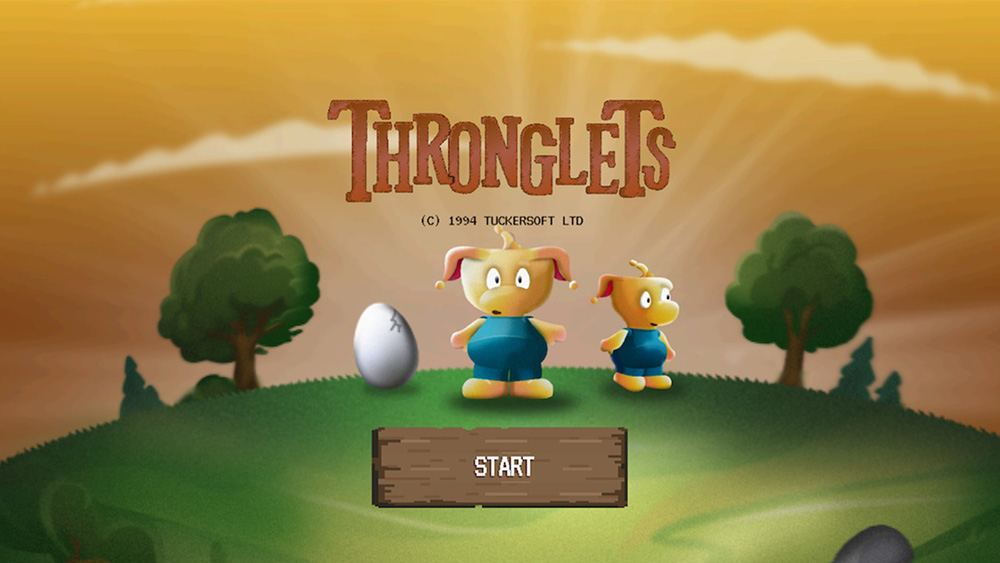How to save the world with sustainable design
The UN wants all our designs to be sustainable. Robyn Mitchell explains how, with top examples of sustainable design.
'Sustainable design' is a commonly used term these days, but it isn't a separate branch of design, or an optional add-on to an existing design. In this day and age, all design should be sustainable – in terms of environment, economy and society.
According to the United Nations, our designs need to meet "the economic needs of the present without compromising the ability of the planet to provide for the needs of future generations". In other words, says illustrator, graphic designer and art director Philippe Intraligi, it's "much more than just sticking a 'green' label on existing products. It involves function, material and packaging choices."
Sounds like a tall order. Can design really save the world? In this article I'll take a look at eight concrete ways to make sure your creations meet the demands of sustainable design.
01. Design backwards
Before you start designing, question whether the brief is asking the right question to begin with. The conceptual stage is the most crucial and it's at this point that we as designers can effect the greatest change by looking at the problem from different angles.
Consider whether there is a way that the design or product could be smaller, lighter, made from fewer materials and designed so as to minimize waste. In the words of Sophie Thomas of Thomas Matthews: "waste is a design flaw".
Clever Little Bag : Puma shoe packaging by Yves Béhar
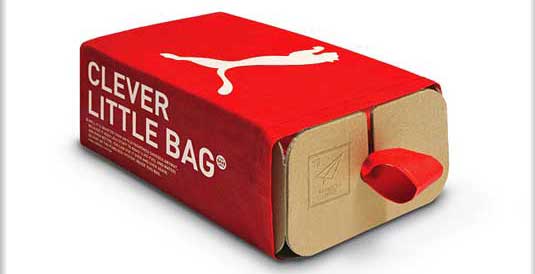
When Yves Béhar was tasked with designing shoe packaging for Puma, he completely ignored the traditional route of a box and lid combination and instead developed the Clever Little Bag, significantly reducing the amount of waste and CO2 emissions normal shoe packaging creates.
Get the Creative Bloq Newsletter
Daily design news, reviews, how-tos and more, as picked by the editors.
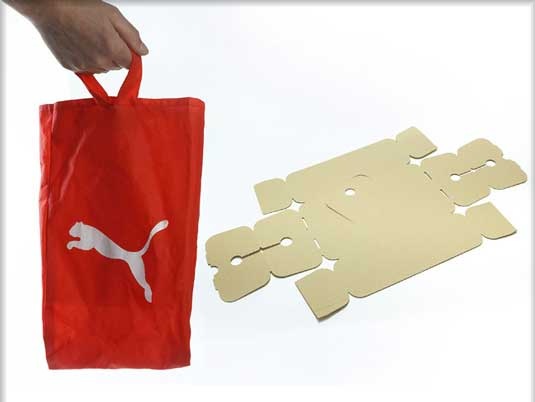
Because of his design, it was estimated that 8,500 tonnes less paper would be used, 20 million megajoules of electricity would be saved, 1 million litres less fuel oil would be used, 1 million litres of water would be saved, 500,000 litres of diesel during transport would be saved and 275 tonnes of plastic would be saved. That's a great example of the power of clever design.
Lite2go No Packaging Lamp by Knoend
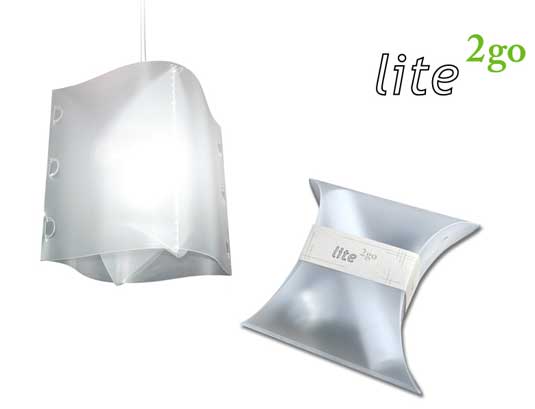
In this example of sustainable design, the packaging of the lighting system becomes the lamp shade – eliminating waste and creating a very smart solution.
02. Make it long-lasting
Has longevity been taken into account in your design? Could your product be designed to last or have great aesthetic value so that it will be kept instead of being tossed? Can there possibly be other uses of the product to prolong the product's shelf life? Could the product and packaging be refillable?
As designers, we need to shy away from disposability and planned obsolescence. While this may be more profitable in the short-term it only creates larger environmental deficits in the long-term.
Bobble by Karim Rashid
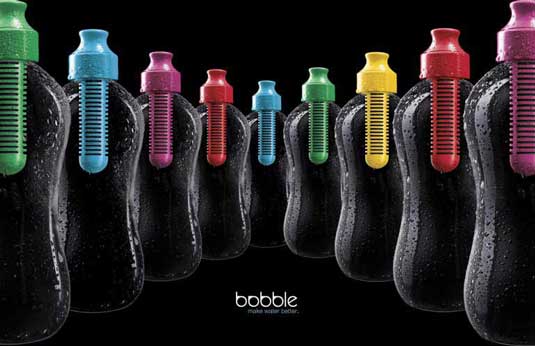
Here's a beautifully smart solution to the current problem of disposable bottled water filling up our landfills: the Bobble. BPA-free and complete with a carbon filter to remove contaminants from ordinary tap water, the Bobble lasts up to two months and when expired can be completely recycled.
03. Make it local and social
Is your design going to be made and sold locally? Striving to produce products locally will not only boost the local economy and business, but will also cut down drastically on products needing to be specially packaged for shipping, as well as the overall packaging required.
It's also important to consider the social angle of projects, employing local labour to not only build community, but create jobs and a better economy.
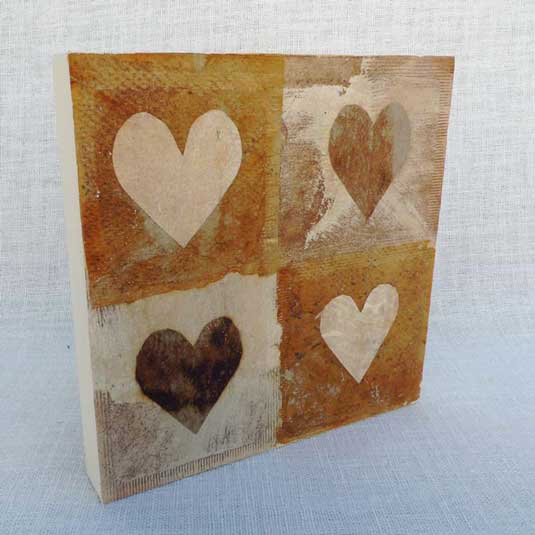
Jill Heyes' company, T Bag Designs has created jobs for those living in the informal settlement of Imizamo Yethu, Cape Town, South Africa, while also making clever use of waste. The company makes use of used tea bags, which are dried, emptied, ironed and then painted to create various products and art. The fact that sales of the products are mostly local removes the need for excessive packaging.
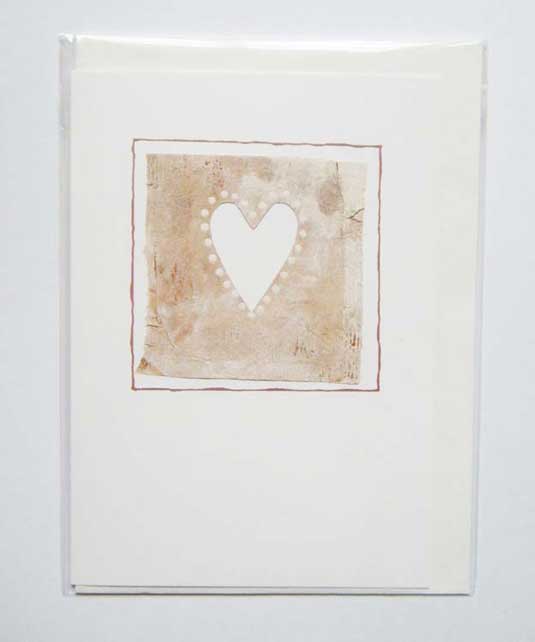
Next page: five more ways to be more sustainable

Thank you for reading 5 articles this month* Join now for unlimited access
Enjoy your first month for just £1 / $1 / €1
*Read 5 free articles per month without a subscription

Join now for unlimited access
Try first month for just £1 / $1 / €1

The Creative Bloq team is made up of a group of design fans, and has changed and evolved since Creative Bloq began back in 2012. The current website team consists of eight full-time members of staff: Editor Georgia Coggan, Deputy Editor Rosie Hilder, Ecommerce Editor Beren Neale, Senior News Editor Daniel Piper, Editor, Digital Art and 3D Ian Dean, Tech Reviews Editor Erlingur Einarsson, Ecommerce Writer Beth Nicholls and Staff Writer Natalie Fear, as well as a roster of freelancers from around the world. The ImagineFX magazine team also pitch in, ensuring that content from leading digital art publication ImagineFX is represented on Creative Bloq.
